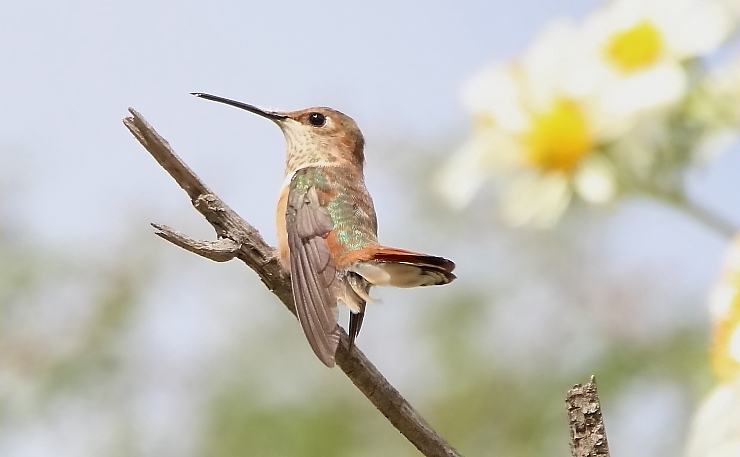
Our relatively-recent trip to Spain and the Middle East was, as expected, a great opportunity to see new birds. In the end, it gave me 44 lifers: 10 from Turkey and 8 from Jordan, which I had not visited before, and 26 from Spain, which I had visited previously, but in which we spent much more time. Still, there were notable groups of birds which I could not see in the Old World. Among these, one must certainly include the New World-only hummingbird family.
We traveled from mid-September to mid-October, and that would certainly be peak hummingbird season at home in Michoacán. The salvias and other flowering plants that feed hummers here begin their vegetative cycle with our first monsoon rains, in late May or early June. Most reach peak bloom as the rains end, in September or October. This peak lines up with the arrival of multiple migratory hummingbird species. And while these species will stay for the entire winter, they will never be as easy to see as they are during these two months.
Since we returned home in the second half of October, I was in a rush to see as many hummers as possible, while the seasonal peak lasted. So my first outing took me to Triquillo and Arúmbaro, my third to Laurelito; hummingbird heavens, all. One of my ornithologist friends visited Morelia on week 4, and asked to be taken to the Hot Country town of Paso Ancho, which added a couple of more tropical hummingbirds to my list.
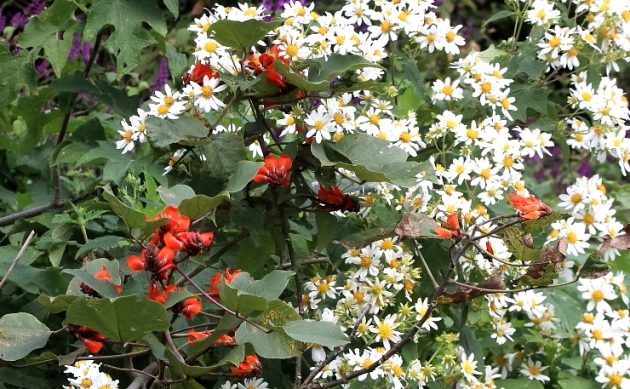
This is the kind of scene that makes Triquillo so attractive to hummers.
So, how many hummers can I hope to see in just three outings in central Michoacán? A few hours in Triquillo started me off with at least 6 different hummingbirds, although the Archilochus hummers were all females, so I can’t be 100% certain whether they were Ruby-throated or Black-chinned. (I’m going with Ruby-throated in this case, because of several markers — especially bill length.) Migratory Rufous Hummingbirds love the habitat shown above, and I counted 12 individuals. But this day resident Mexican Violetears were even more common, with a total of 16. There were a few mostly-migratory Broad-tailed Hummingbirds, as well as resident Berylline and White-eared Hummingbirds. Beryllines and the previous species like more open areas, but White-eareds prefer deep woods.
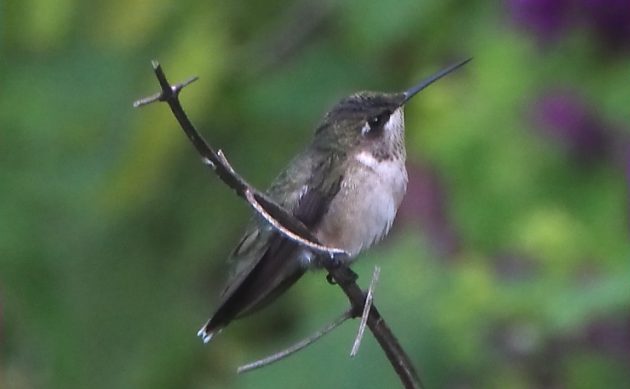
Female Ruby-throated Hummingbird. Or is it a Black-chinned?
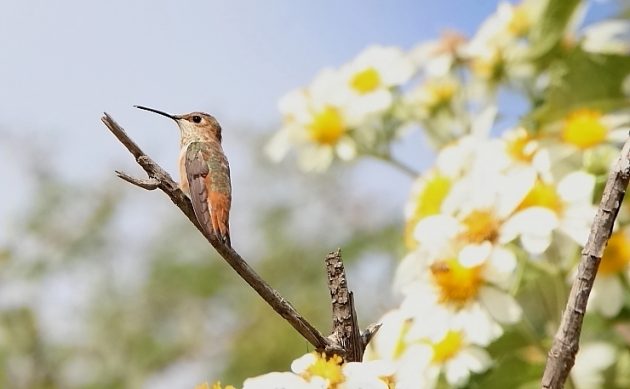
Female Rufous Hummingbird. Or, it could possibly be an Allen’s. Welcome to my world...
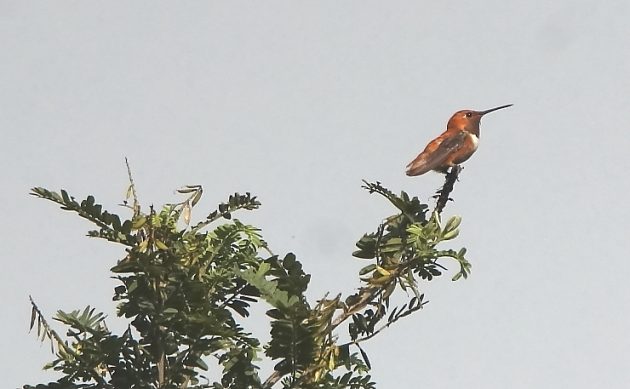
With males, there is more certainty. Rufous!
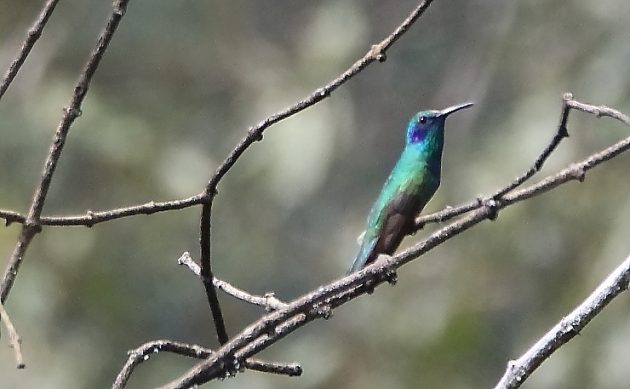
Mexican Violetear
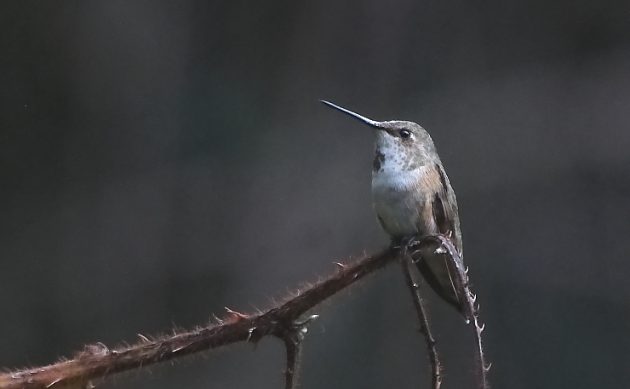
Broad-tailed Hummingbird
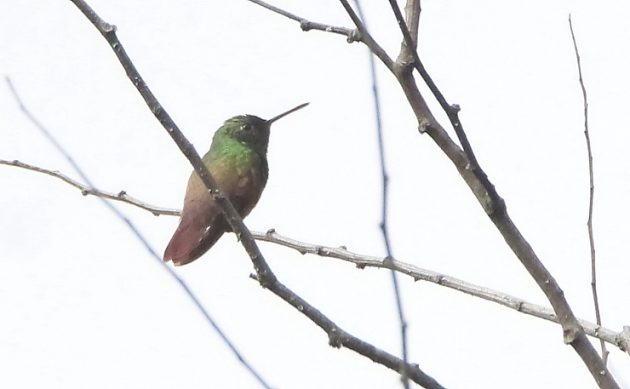
Berylline Hummingbird
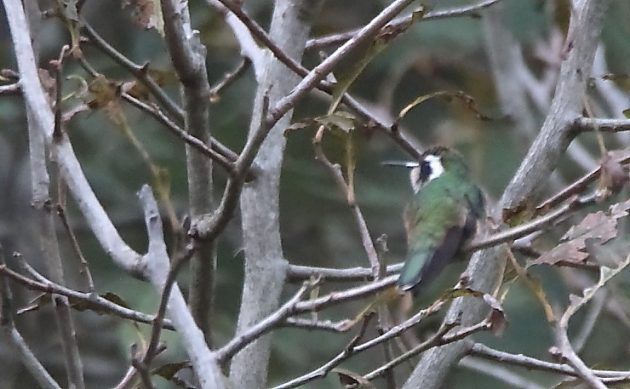
White-eared Hummingbird, in dark forest lighting
It was a quick 20-minute trip down the hill from Triquillo to the Arúmbaro road, to add one more hummingbird to the day’s total. I am delighted that I now know where to reliably see the Sparkling-tailed Woodstar.
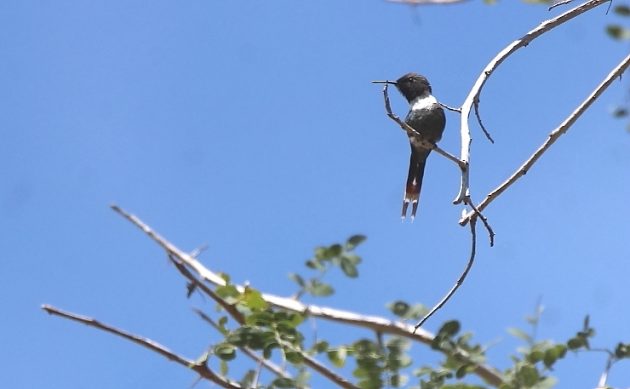
Sparkling-tailed Woodstar
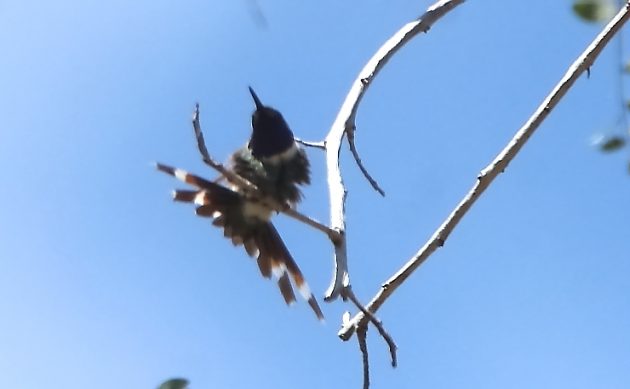
I still haven’t figured out how they turn that long tail into this!
The following week, I stopped looking for hummers and went to various points along Lake Cuitzeo because, hey, October is also an exciting time to see all the shorebirds and waterfowl arrive from up north. But the next week I was able to take a Cuban friend, also a ornithologist, to Laurelito. (There’s a story there that I will tell someday.) Laurelito is the spot I have twice called “Hummingbird Heaven” on this site. This quick trip gave me more Rufous, Broad-tailed, and Berylline Hummers, which were all lifers for my friend. But the Rivoli’s Hummingbirds were also an addition to my month’s list.
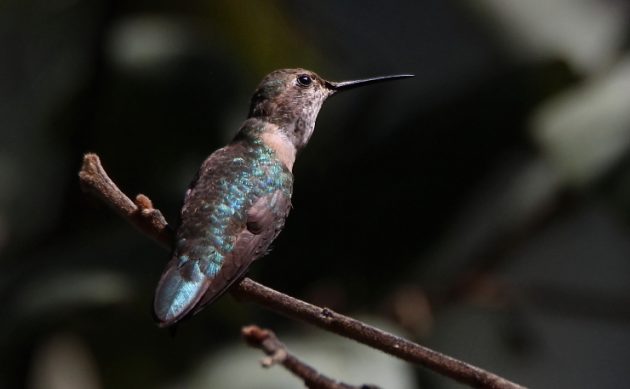
Rivoli’s Hummingbird
Some days later I was back in the Laurelito with the first above-mentioned ornithologist friend. This time we did not see the Rivoli’s Hummingbird, but there were White-eared Hummingbirds. So it was up to Paso Ancho, seven days later, to add four more hummingbird species to my month-long total. The Lucifer and Black-chinned Hummingbirds are migratory, while the Dusky and Violet-crowned Hummingbirds are residents.
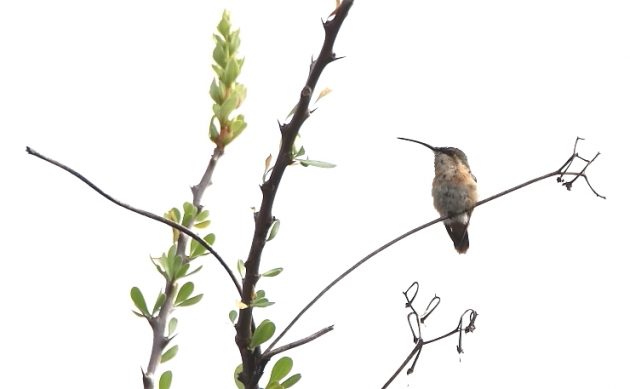
That’s a female Lucifer Hummingbird.
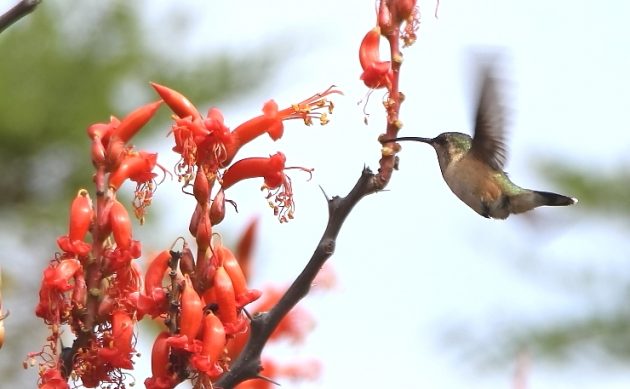
And this is why they make the trip every winter.
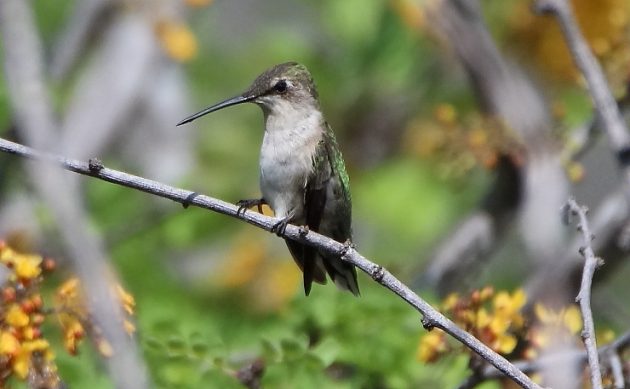
Female Black-chinned Hummingbird: I’m pretty sure about this one, since I had an ornithologist with me. Everbody should get themself one.
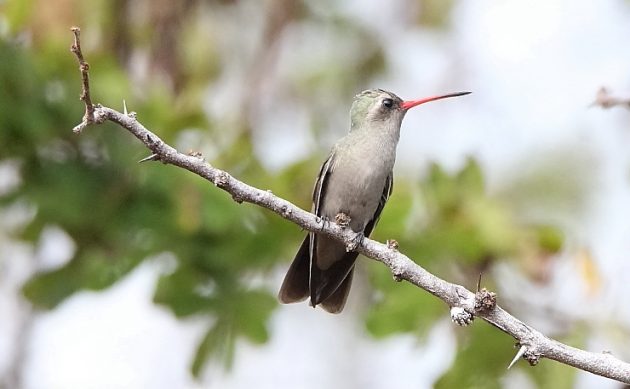
A very nice example of the endemic Dusky Hummingbird

Violet-crowned Hummingbird: the violet crown is optional.
So how many hummers could I find in a single late-fall month, without extraordinary effort? That would be twelve, in this specific case.











But Paul, don’t you think it is an indication that there is no God that only Americans get hummingbirds?
I doubt that this fact can be used to disprove the existence of God. But it might speak to the issue of which side of the globe He prefers.
On the other hand, you folks have sunbirds, bee-eaters and hoopoes…